I will remember the fifth of November. I had a spectacular day.
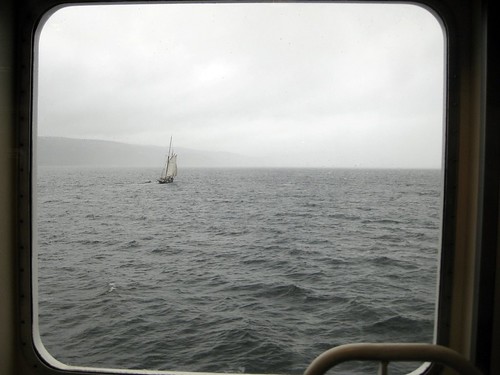
We began our journey from Glasgow Central Station, a forty minute train ride to Wemyss Bay, from where we took a ferry to the Isle of Bute. On the ferry I happened to see this romantic scene - a boat, struggling against the wind and rain.
Where was our destination you wonder? It was to be Mount Stuart, ancestral home of the Bute family, on the Isle of Bute, off the coast of Scotland.
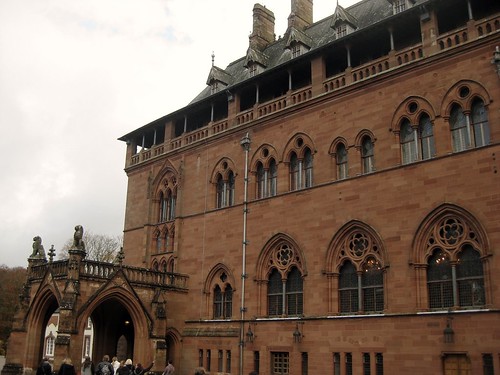
We alighted from our bus and were greeted by a grand red stone building. We were led to have some tea and eat our lunches in what later transpired to be the old Victorian kitchens (now converted of course). We chatted and munched away, completely oblivious of what was to come next. As Art History students, most of us had experienced many a country house before, so we knew what to expect, or so we thought. To be perfectly honest, I hadn't even glanced at the website before I arrived.
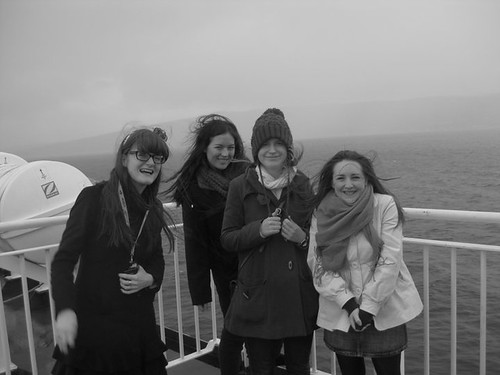
(photo credit: hannah)
Mount Stuart is still home to the Butes, the current Marquess, (the 7th), Johnny Bute and his family. It is also a popular venue for weddings, like many country houses are. In this century it is necessary for country houses to survive they must make an income to pay for upkeep and restoration, so they are either owned by the National Trust or still under the private governance of the families who blessedly still occupy many of them and thus, tourists, like us can gain access to these homes.
The Stuarts of Bute are the direct descendants of King Robert the Bruce. The current house was built by the 3rd Marquess (John Patrick Crichton-Stuart) after the central block of the original mount Stuart was destroyed by fire in 1877 (the original house having been designed and completed in 1719 by James Stuart, the 2nd Earl of Bute.) The family have lived on the Isle for seven hundred years and three centuries in the present location.
The 3rd Marquess was a remarkable man, he spoke twenty one languages and had travelled the world with the Gothic Revival architect William Burgess, finding architectural and artistic inspiration on his exotic journeys. By 1900, when he died, his dream house was not yet completed. Most importantly, the chapel remained unfinished, the Marquess having converted to Roman Catholicism when he was at college in his early twenties, having being influenced by the Oxford Movement. On his personal request his heart was removed after his death and it is now buried on the Hill of Olives in Jerusalem.
I fear as I type that I am giving a blow by blow standard account of a country house. There is so much more to this particular house, that I cannot find the words to articulate the emotions I experienced during our private tour of this house. It is a richly layered canvas of artistic and personal creation. In all actuality 'house' seems such a common term to apply to a place like this, unequalled by anything I have seen and will probably see again. However, it is a home, a domestic idyll created by the 3rd Marquess and it continues to be a family dwelling, a fact that fills me with joy and actually added to my enjoyment of this house. So many unoccupied country homes, beautiful as they may be, can feel detached from reality, all life is gone, what remains is a domestic museum of what was and what will never be again. Our tour guide Allison (?) amused us with stories of how the younger members of the family have friends over at weekends to amuse themselves in the indoor pool. (Yes! A pool. The first house in the world to have an indoor pool don't you know.)
The website declares "Mount Stuart is a work of art … come and see it to believe it." This statement is a fact. Mount Stuart is a place that has to be experienced in order to be comprehended. Although I cannot conceive how it must be to be born into such a lifestyle, I am only used to suburbia and country bungalow living, I firmly believe that houses such as these can be appreciated by all, even if you don't come from an Art Historical/Historical background. By placing so much faith in a physical structure may sound materialistic of me, but I'm not sure you could quite apply the term 'materialistic' to this house. Noble and industrial money funded the creation of this house, and is now open for all to encounter. Experiencing the domestic grandeur of this house is intoxicating. A powerful adjective, but this house has me under its spell. All the craftsmen were Scottish or English, most of the marble is British, the designers involved were British.

Every detail was lovingly chosen by its creator, even for a house of this magnitude, the 3rd Marquess was personally involved in every minute detail, be it the symbolism of the stained glass windows at the top of the great hall or the individual decoration of the capitals of the columns, right down to the decoration of the doorknobs, absolutely everything in this house is infused with detail. You can feel the imagination and influence of the creator as you proceed through the building, attempting to catch your breath between each fit of gasps! My jaw ached from hanging open in disbelief and awe for most of the tour. The tour guides are wonderful. Ours, was an absolute lady, full of anecdotes and good humour.
Reading back over this post I am dissappointed that I could not fully express the beauty of Mount Stuart. Not merely focusing on the aesthetics, but this place is truly a dream realised. It isn't a gaudy display of wealth and status, cluttered with 'tasteful' decoration and objects. It can only described as almost walking into someones dream, be it clearly an educated and cultured man's dream. Nay, that sounds patriarchal, not just culture and education, but humour is to be found everywhere in this house, each generation has left their aesthetic and somewhat tongue in cheek mark on this place. I felt welcome here, I felt involved, I did not feel like I was tiptoeing around a history far removed from my own, I laughed, I gasped and I almost cried with emotion.

I am grateful for wonderful places like this in the world and feel privileged to be invited into them, no matter how briefly I am involved in their history. I will be making the trip back and hope that this encourages some of you to do it to, if you're near these parts. It is the most remarkable dwelling in the British Isles at least!
You will notice that there are no photographs of the interior. If I had taken any they would do it no justice. This is a family home, so photographs were off limits, besides why would I have wasted my time seeing this house through a lens while at every point of the tour i strained to absorb as much of the visual splendour with my own eyes. The atmosphere that was created for us from the beginning was one of respect. We were politely informed that we were not to take photos, there were no condescending signs declaring 'no photographs!', we weren't dictated to about the 'rules', we were treated as adults who possessed the facilities of common sense.
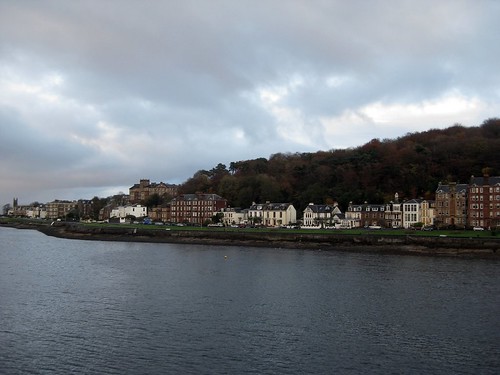
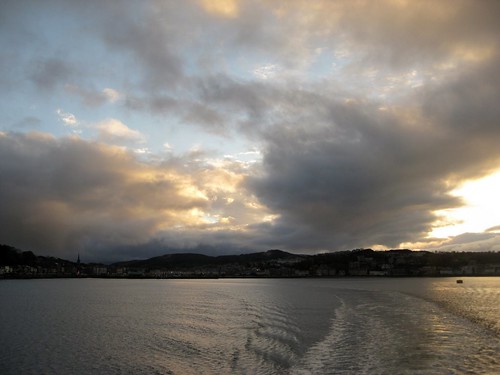
I do hope that the lack of pictures will also appeal to your sense of curiosity!

Yay! I've been anticipating this post - I worked in the archives at Mount Stuart for a year and I get frustrated at the inability to express just how amazing it is. I also worked as a tour guide there for about four summers between high school and university. I'm so glad you enjoyed it!
ReplyDeleteLove it! I'm coming to Scotland for Christmas!
ReplyDeleteFab! I'm going to have to talk to you about it! I'm well jealous you got to work there!! Do you remember the name of the head tour guide? She was so so lovely!
ReplyDeleteKendra, when are you coming to scotland?
Even though I am scared shitless of the ocean, that first picture is still amazing. Awesome post.
ReplyDeletefantastic place...
ReplyDeletehttp://wwwolgaeolivercom.blogspot.com/
ah I really like your blog!
ReplyDeleteAnd I'm an history student too! :)
I really want to visit here now, great post.
ReplyDeleteSally x